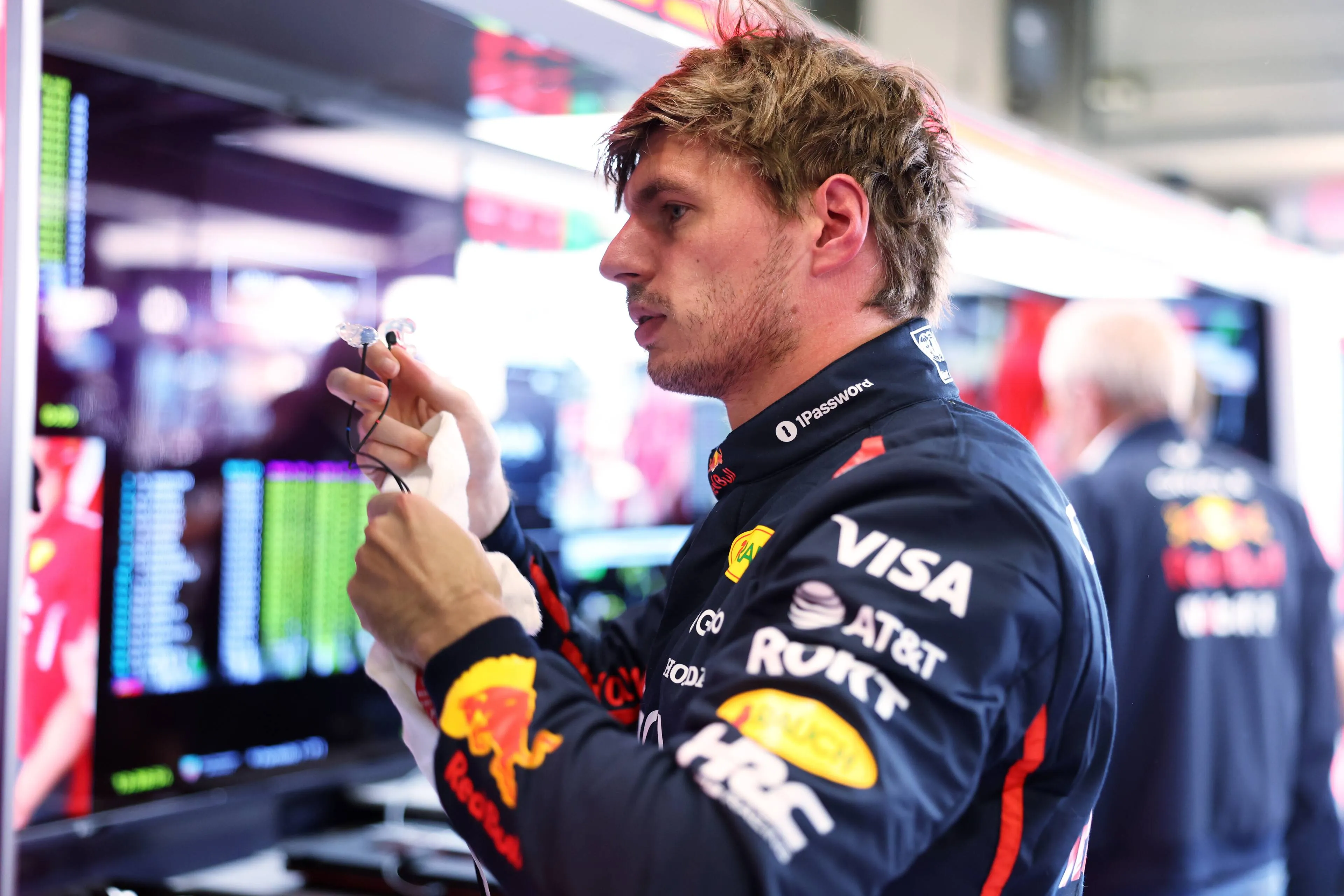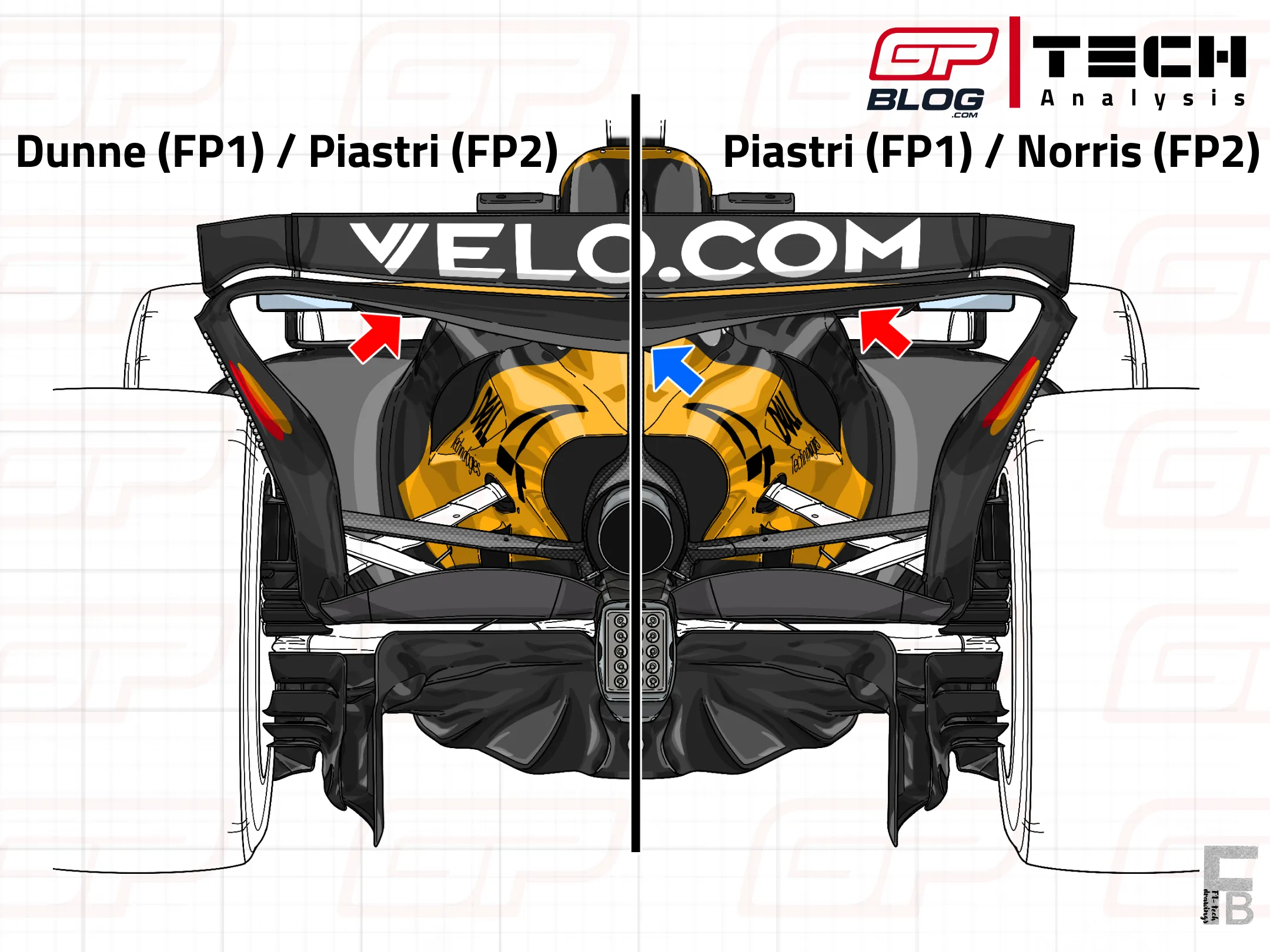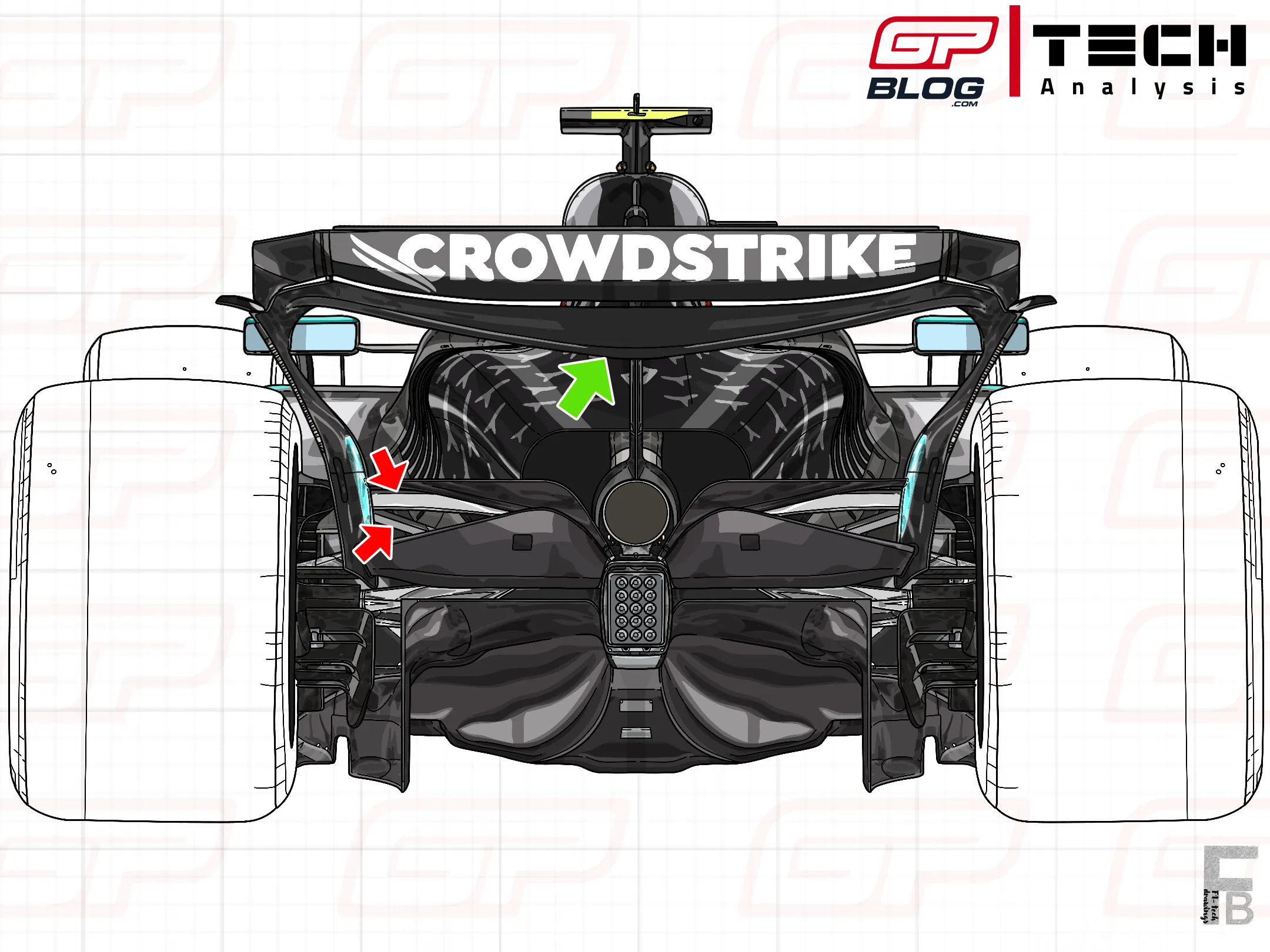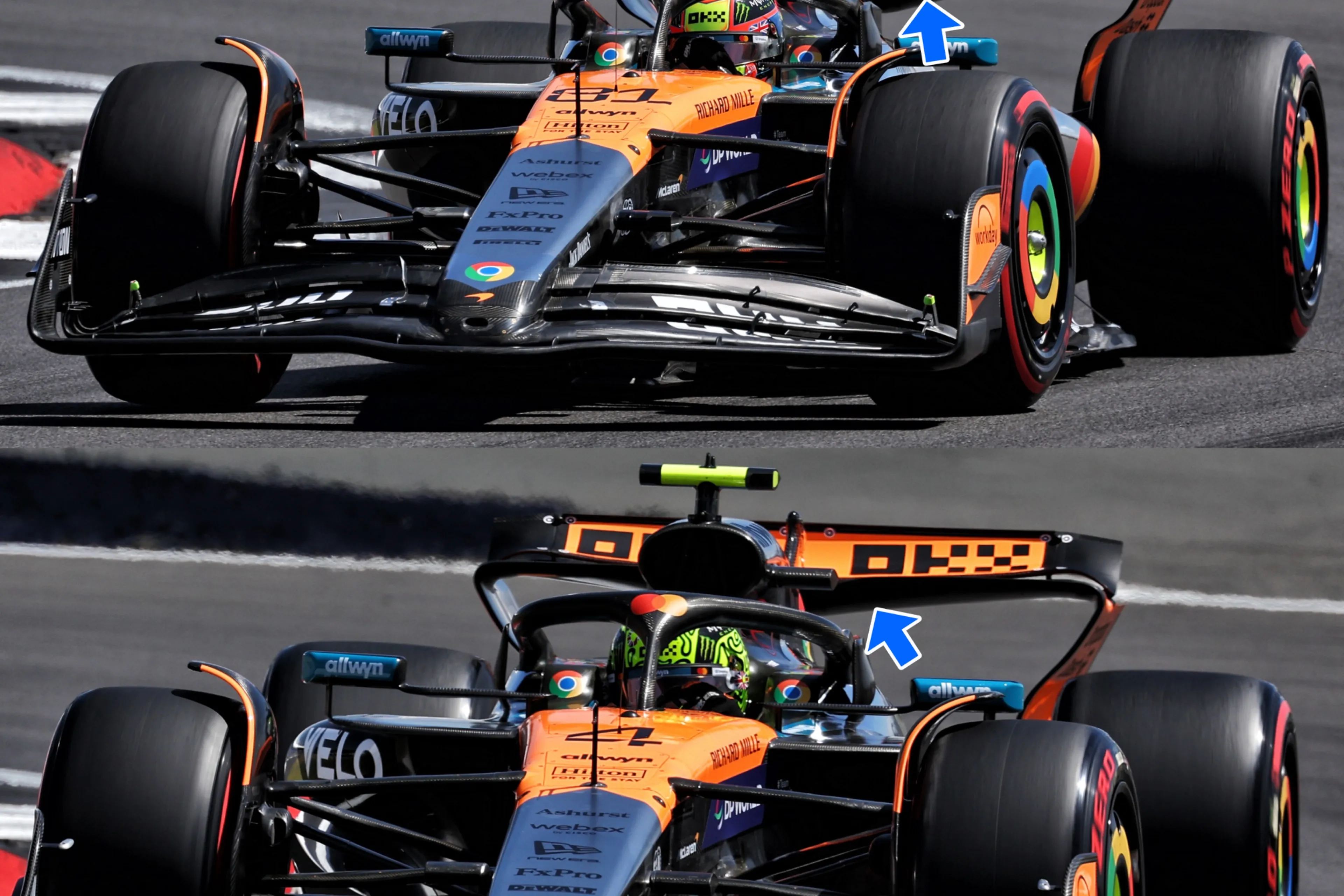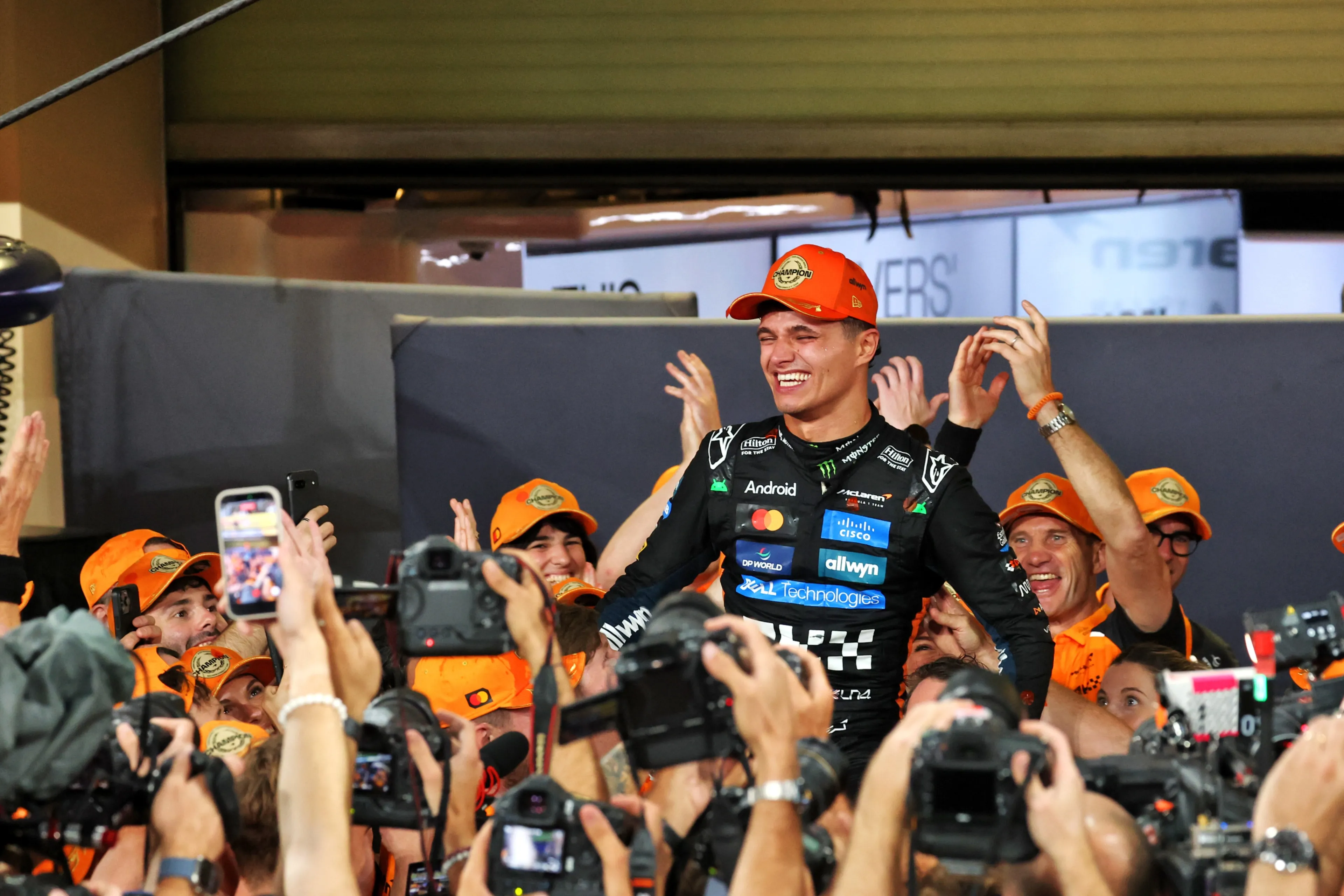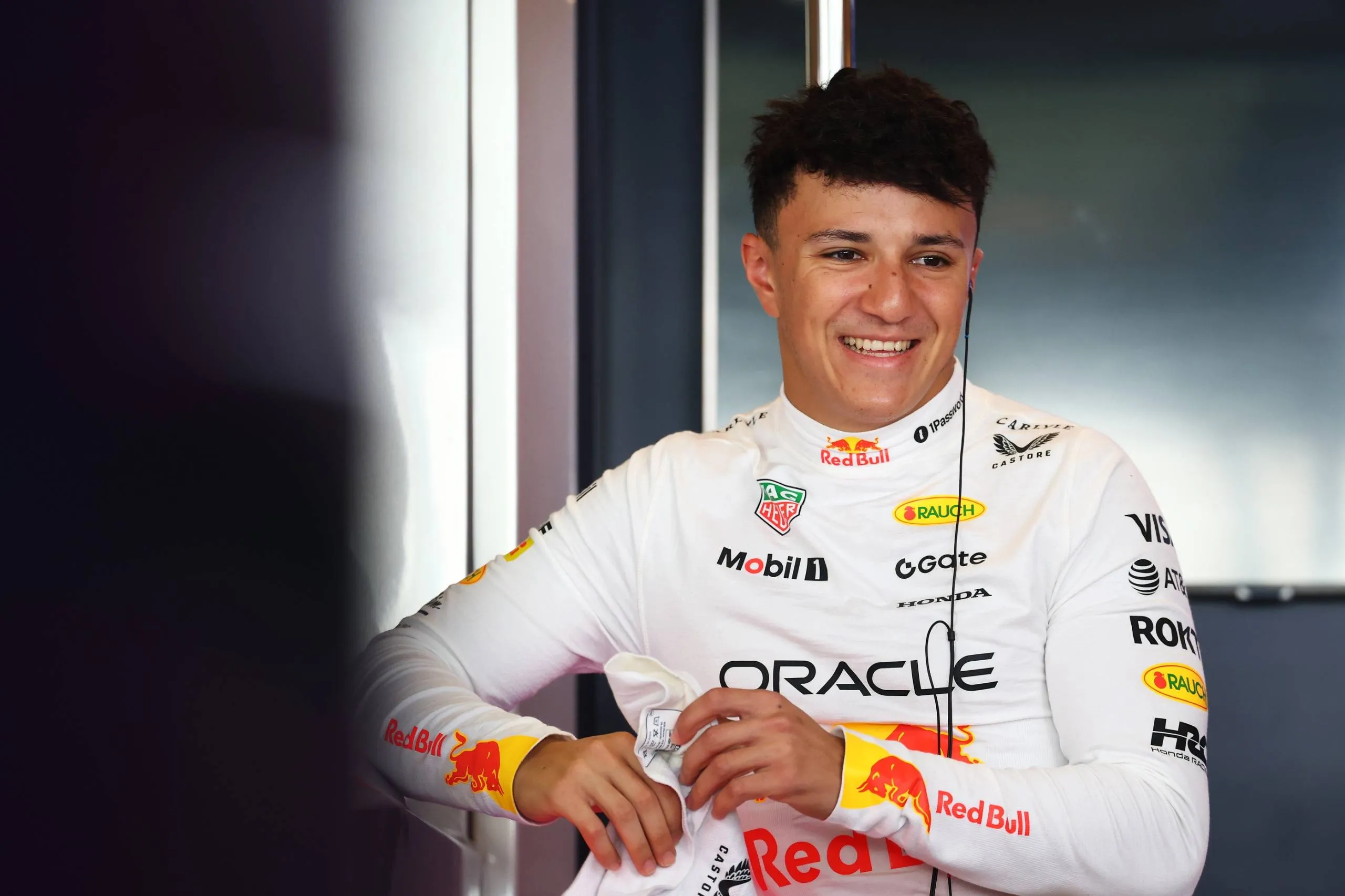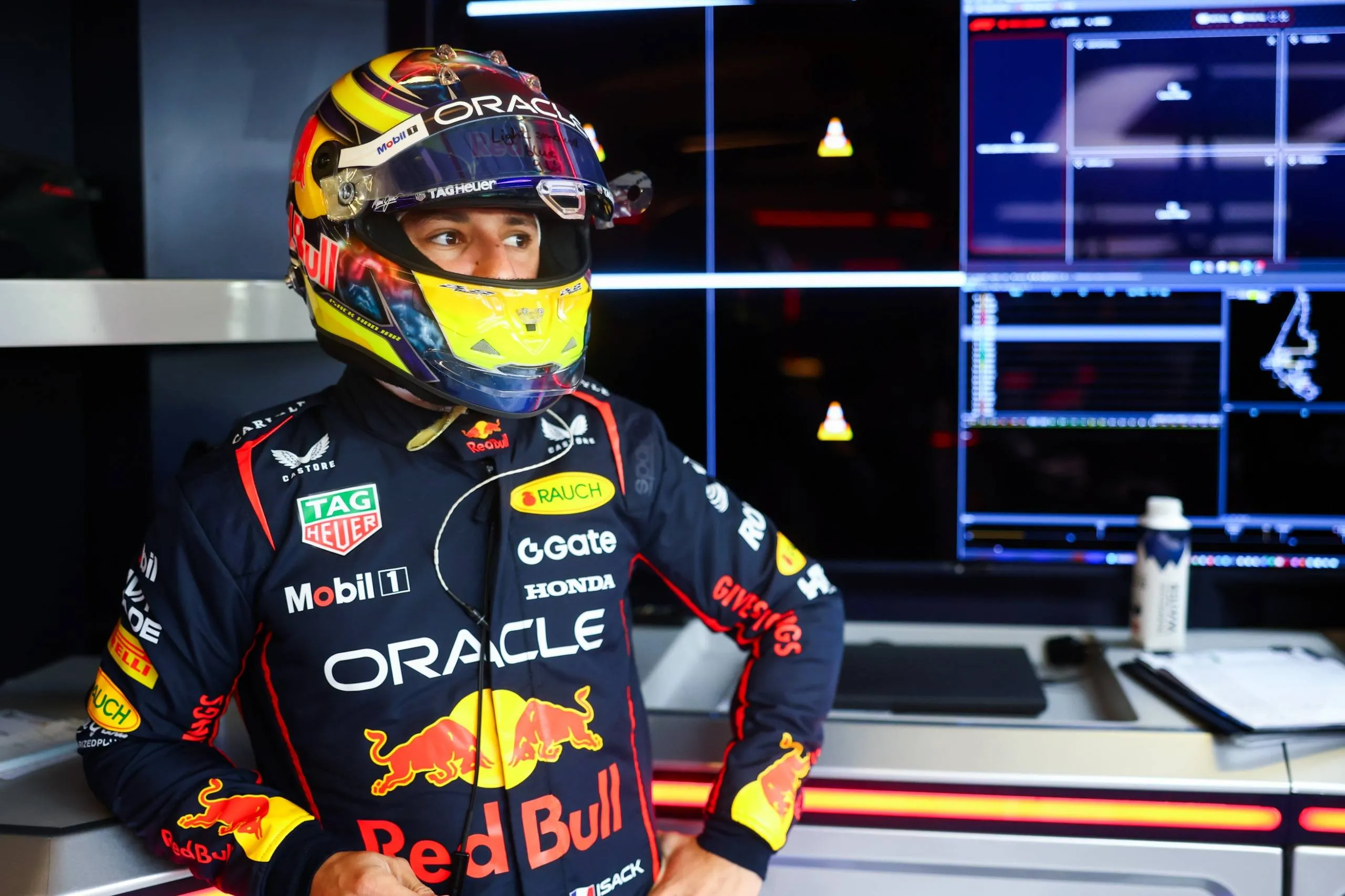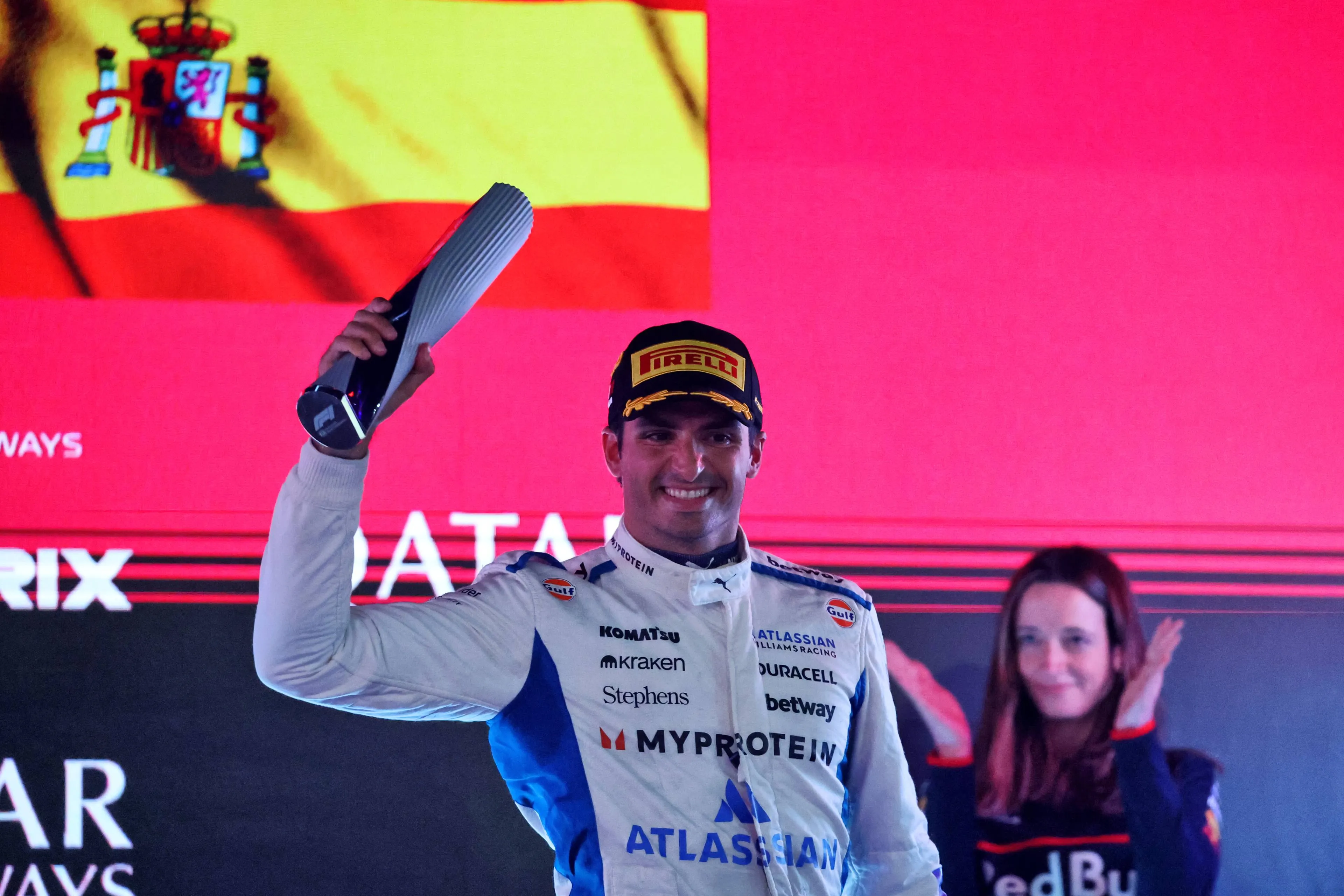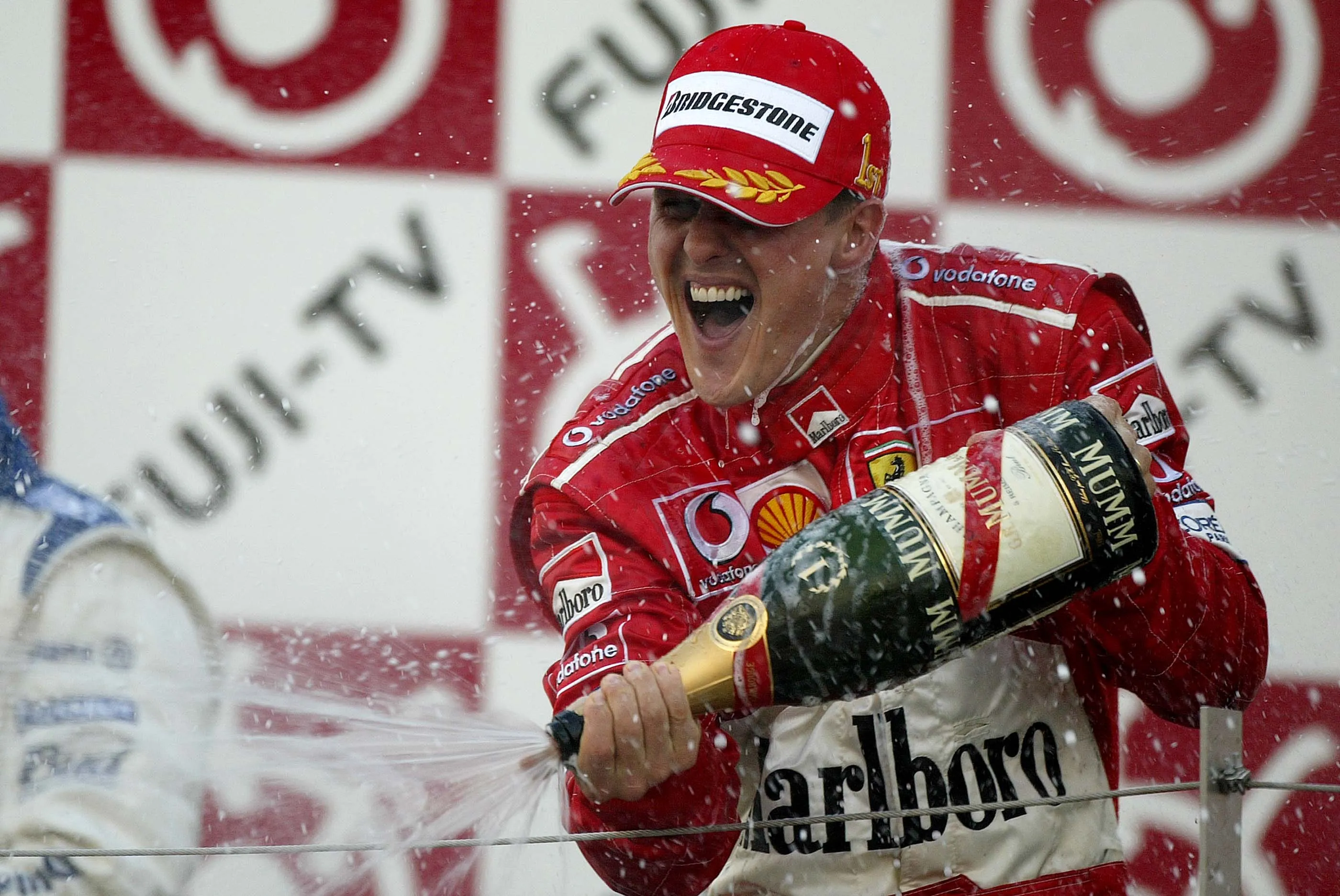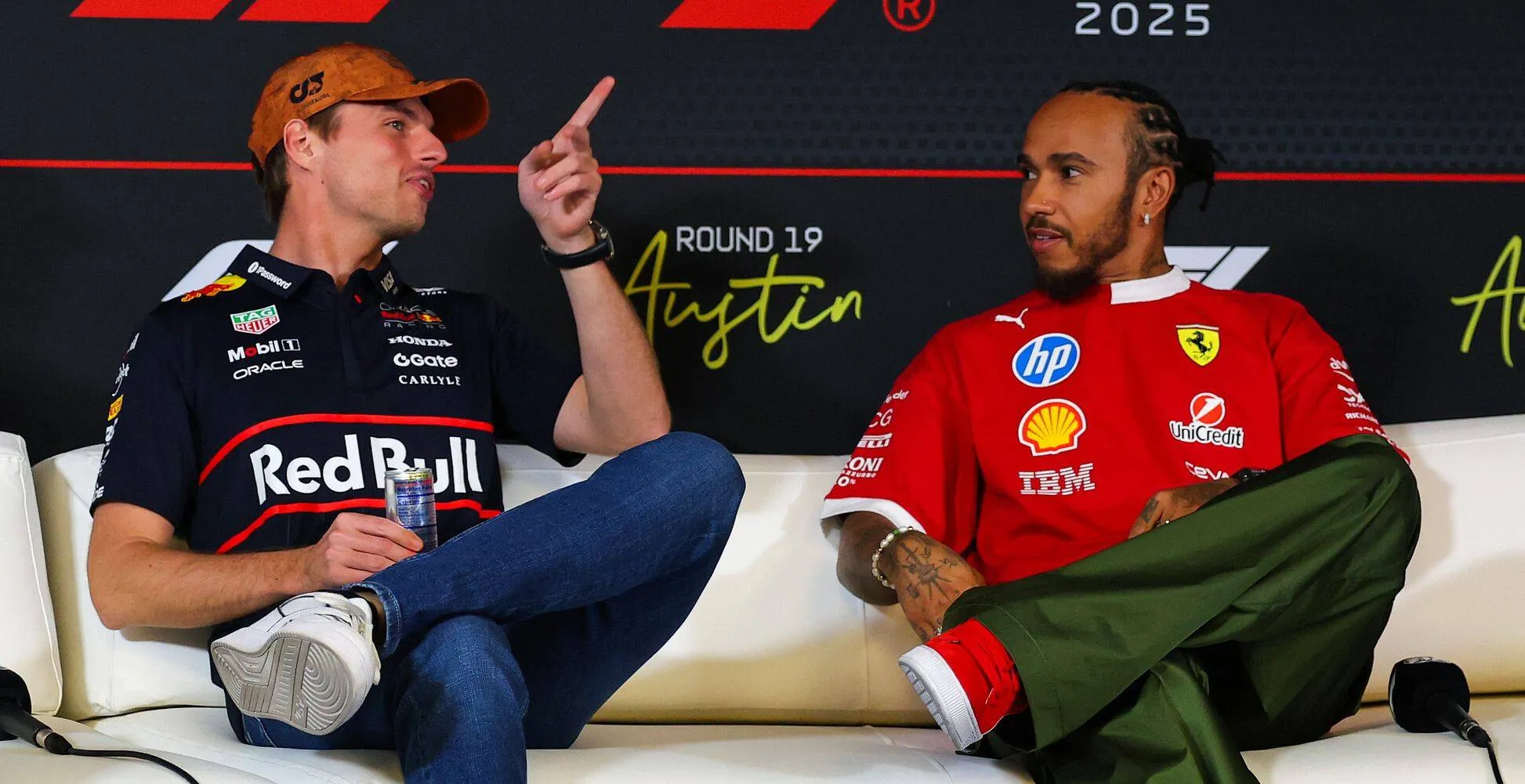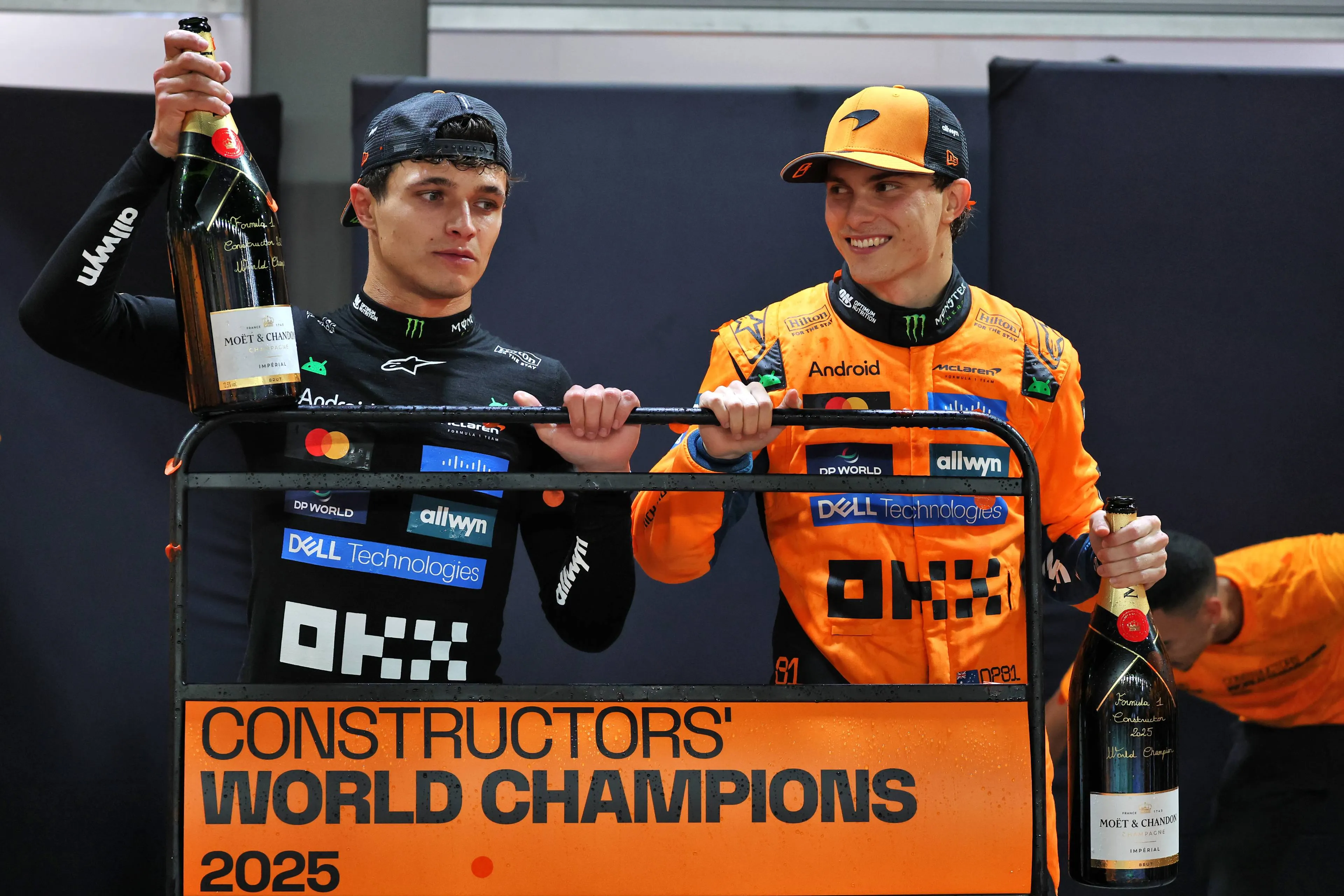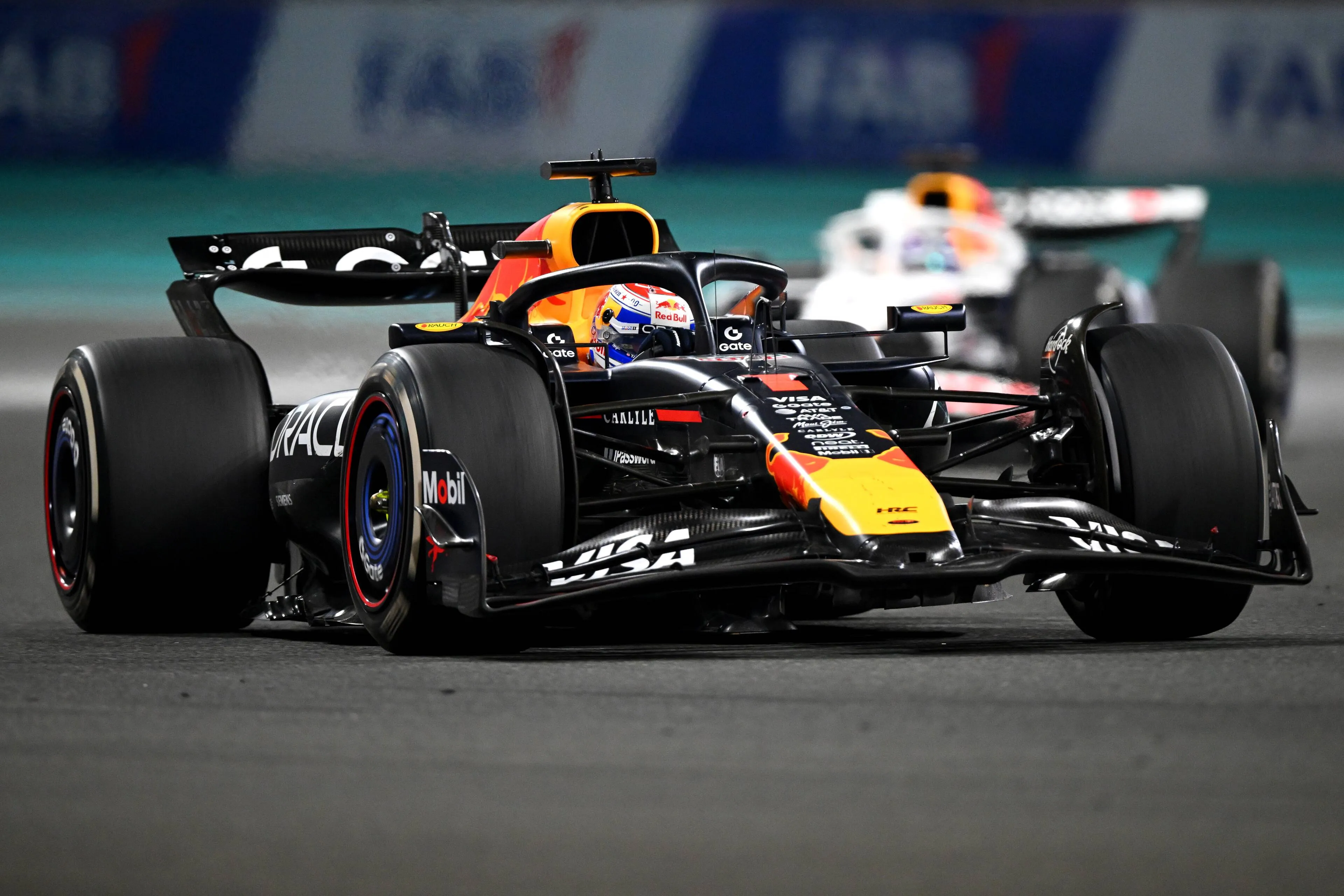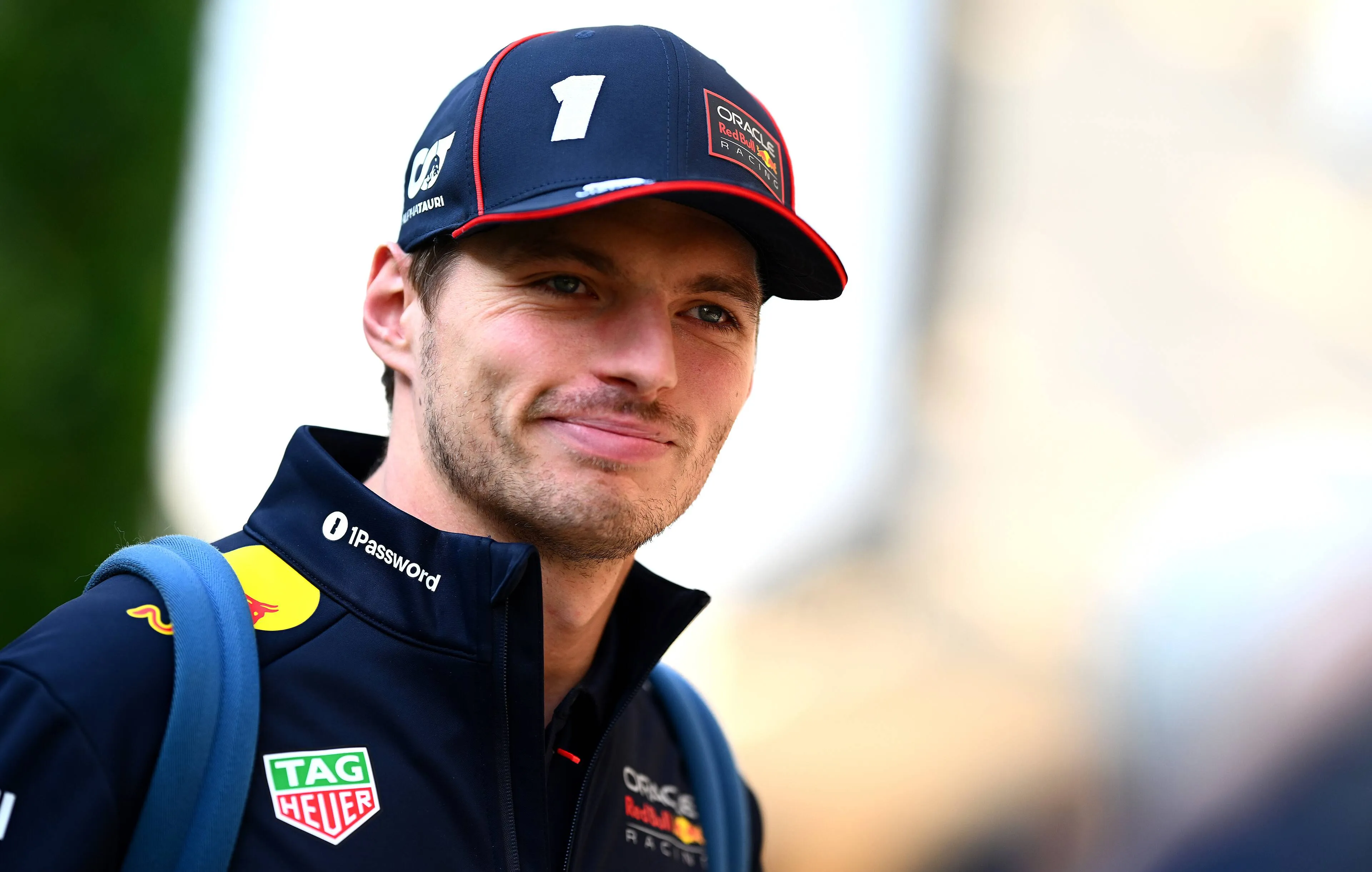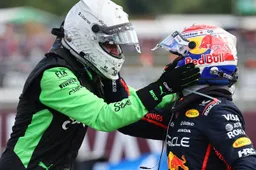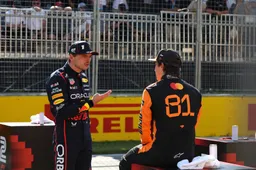F1 Tech | How the rain in Silverstone exposed Red Bull's development limitations
19:32, 07 Jul 2025
Updated: 23:35, 07 Jul 2025
0 Comments
The British Grand Prix's Saturday and Sunday had quite a contrast for Red Bull: after the majestic pole position earned by Verstappen on Saturday, he lost a lot of ground in Sunday’s race, finishing in just P5. The RB21 was very difficult to drive in wet conditions, especially after an extreme set-up was fitted on both cars to prioritise qualifying. Updates didn’t help neither, making it mandatory for Red Bull to solve correlation issues before 2026.
For the British Grand Prix, Red Bull introduced some small changes to the floor, completing the package already introduced last time out in Spielberg. These elements were fitted only on Verstappen’s car for the whole weekend, while Tsunoda kept using the old parts.
A whole new floor for Red Bull between Austria and Silverstone
The changes concerned two areas: the front floor (the area around the SIS structure sunk into the floor) and the front floor edge wing, on the side of the floor.
Starting to analyse the changes made to the front floor, visible changes appeared on the RB21: as highlighted in the drawing below, a small portion of the surface next to the SIS cover has been redesigned and expanded, increasing the inclination and height of this profile (pink arrow).
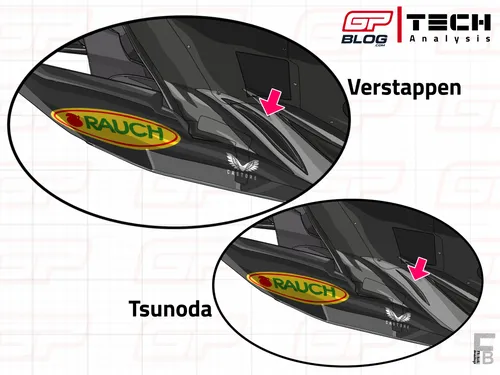
The goal is to generate a high pressure area to push the turbulence of the front wheels outwards, preventing them from being sucked into the Venturi channels. In fact, observing the shape of this element, it is clear that it directs air towards the floor edge wing and therefore, towards the outside of the car.
For what concerns the floor edge wing, it has been completely re-profiled to work in synergy with the front floor changes: as shown in the drawing below, the new floor edge (the one adopted by Verstappen) is longer than the previous version (used by Tsunoda), due to the addition of some winglets at the front.
As highlighted by the blue arrow, an upwards inclined profile has been added to the new floor, very similar to the one already present on the right of the 3 vortex generators. Next to this carbon "knife", a vortex generator (red arrow on the right) and a small "fin" placed under the horizontal profile and the winglet just mentioned (red arrow on the left) have been added.
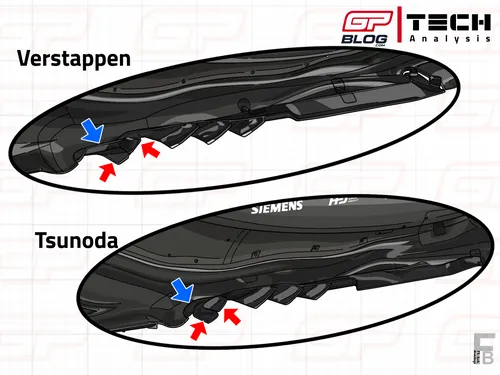
The old version, instead, featured three small pins in this area, a design that have been kept since the debut of the RB20 in 2024.
Last but not least, the rear portion of the floor edge differed between Verstappen and Tsunoda as well: the Dutchman’s new floor edge featured a new “L” design in the terminal portion, connecting to the floor by a metallic support and by a vortex generator (right red arrow), which aims at generating vortices to push the airflow inside the “mouse hole”, a hole on the diffuser ramp.
The previous version featured a much simpler design, with a long “knife” that connected to the main floor by a small carbon thread placed laterally. Moreover, this version only featured a single vortex generator element placed right at the end of the horizontal profile.
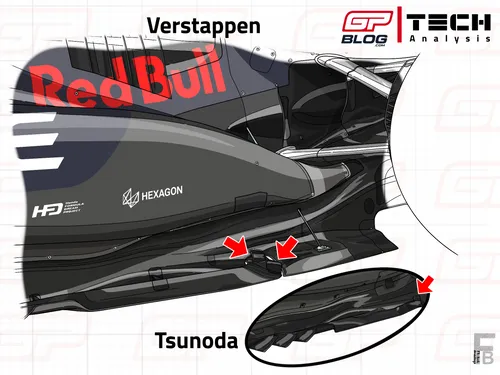
The changes that have been just explained were introduced at the Austrian Grand Prix last week and have been kept only on Verstappen’s car for the weekend in the UK. They mainly aimed at increasing the amount of downforce generated by the rear-end, a very sensitive area of the RB21 since the beginning of the year.
All these components aimed at improving the balance of the RB21, making the car easier to drive for the drivers, but without reducing the overall level of performance. These updates were designed to make the car more versatile, allowing engineers to find a good balance more easily during race weekends.
A difficult car to drive since FP1 lead to "drastic" changes in FP2
The low ride height and stiff mechanical set-up required by the Silverstone Circuit have been among Red Bull’s strengths since 2023, allowing their car to dominate on all “traditional” layouts.
However, this year they are having huge issues with the overall balance of the RB21, which is very unstable in all kinds of corners due to the excessive understeering.
That’s exactly what happened to Red Bull during FP1 in Silverstone: the RB21, with the base set-up tested on the simulator, resulted very difficult to turn in high-speed and slow-speed corners, with Verstappen able to set only the 10th fastest time almost 5 and was a half tenths behind Hamilton in FP1.
Upgrades didn’t seem to have a beneficial impact on this weakness, forcing Red Bull engineers to make a crucial but drastic choice for FP2: they decided to fit an even lower downforce rear wing on Verstappen’s car. This spec was probably designed to be used on quick tracks like Spa-Francorchamps or Monza, but the issues faced during first practice persuaded engineers to at least test it on Friday.
As highlighted in the drawing below, the new rear wing was characterised by a much shorter chord of both the DRS flap (green arrow) and of the mainplane (blue arrow), which also featured a flat mainplane to reduce drag as much as possible. Moreover, from FP2 onwards the team also ran a much closer car (orange arrow), due to the low temperature, thus reducing the vents on the side of the engine cover designed to dissipate heat.
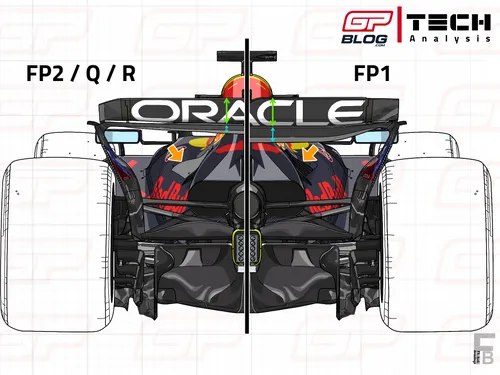
This new rear wing made the RB21 much more balanced during second practice session, allowing Verstappen to feel a stronger front-end compared to what happened during the first hour of running. The Dutch World Champion was very competitive in the race pace simulation as well, having the quickest average just thousands of second in front of Norris.
This rear wing was also adopted on Tsunoda's car from Saturday onwards.
This set-up, with further little improvements made by the engineers on Friday night, allowed Verstappen to get a maiden pole on Saturday, just in front of the two McLaren. His RB21 seemed much more stable despite the low level of downforce, also thanks to the soft tyre that covered some of the car’s weaknesses over the single lap.
“I was just understeering a lot but at the same time also having oversteer in places. It was very difficult to balance. I think today, we definitely improved the understeer and that just allowed me to push a bit more,” said Verstappen in the usual interviews after qualifying.
Referring to the wing, he added: "It is light on downforce for sure. You can see that, I guess. But it seemed to hold on and that's why we decided to stick with it. We'll see what we get from it tomorrow in the race.”
Read also
The rain exposed the RB21's limits
The brave choice, however, wasn’t rewarded by Sunday’s weather: the cold temperature and the wet track forced all drivers to start the race with the intermediate tyres, the exact opposite of what Red Bull hoped for. As soon as tyre started degrading, McLaren advantage emerged and Verstappen was overtaken by Piastri, who easily opened a 7 seconds gap in around 4 laps.
After spinning at the Safety Car restart, the race was a disaster for the Dutchman, who was stuck for a lot of laps behind Sainz in the Williams, unable to attack due to the excessive tyre degradation, which eventually limited the grip available in all kinds of corners.
His race pace on the medium during the last few laps of the race eventually allowed him to get to P5, limiting the damages of a poor car performance and of a costly mistake in a crucial moment of the race.
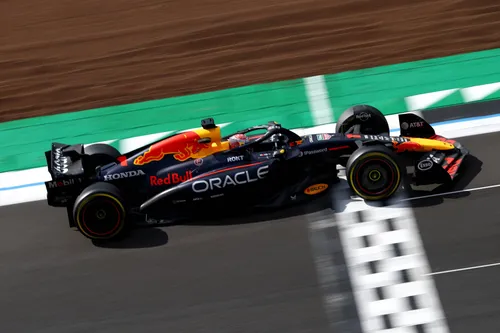
“Very difficult balancing the car between low-speed and high-speed. I couldn’t really find a good balance. Also on the inters, I think we’re degrading the tyres too much, especially compared to McLaren, they were again on a different level,” Verstappen commented after the race.
“The rear wing for sure made everything a lot more complicated, but overall I think even if we had let's say a little bit more downforce on the car we will not we would not be fighting with McLaren, that's for sure.”
These strong words are proof that Red Bull took a gamble with the Monza-style rear wing on Saturday to play an all-in for qualifying, expecting a better weather on Sunday. However, the poor performance during the race is also the proof of how the updates seem to not be working effectively, making almost no changes to the overall RB21’s balance.
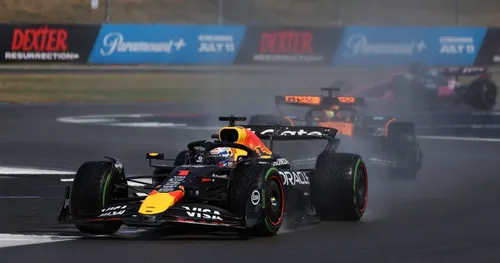
This should be a big alarm bell for Red Bull especially for 2026: if progress isn’t made with the new components it means that there’s no correlation between the data seen on track and the one seen with the simulations (CFD, wind tunnel and simulator) back at the factory, consequently causing big swap in performance depending on the set up.
For this reason, the team should focus on solving this big issue before 2026 starts, as it could compromise the development of their new car, possibly having a big impact on performance from next year onwards.
Read also
Read more about:
Popular on GPBlog
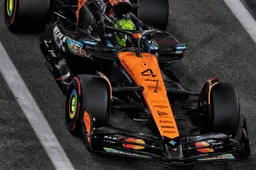
1
McLaren rounds out the grid as 2026 F1 launch schedule finalized
4038 times read

2
'If you’re behind a driver over 40 in Monaco, that says it all'
1713 times read
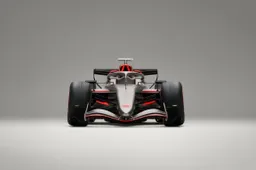
3
Audi shares first sharper glimpse of 2026 challenger on social media
787 times read

4
Hamilton firmly shielded as Ferrari stalwart invokes Schumacher example
733 times read
Loading


